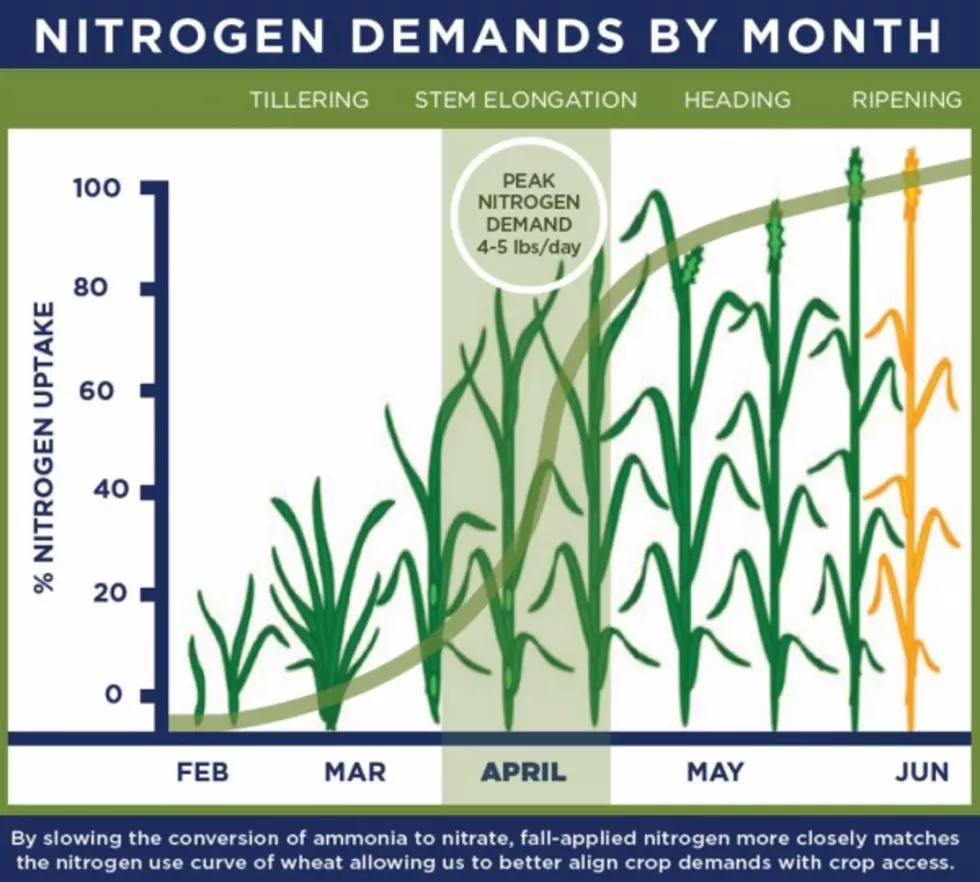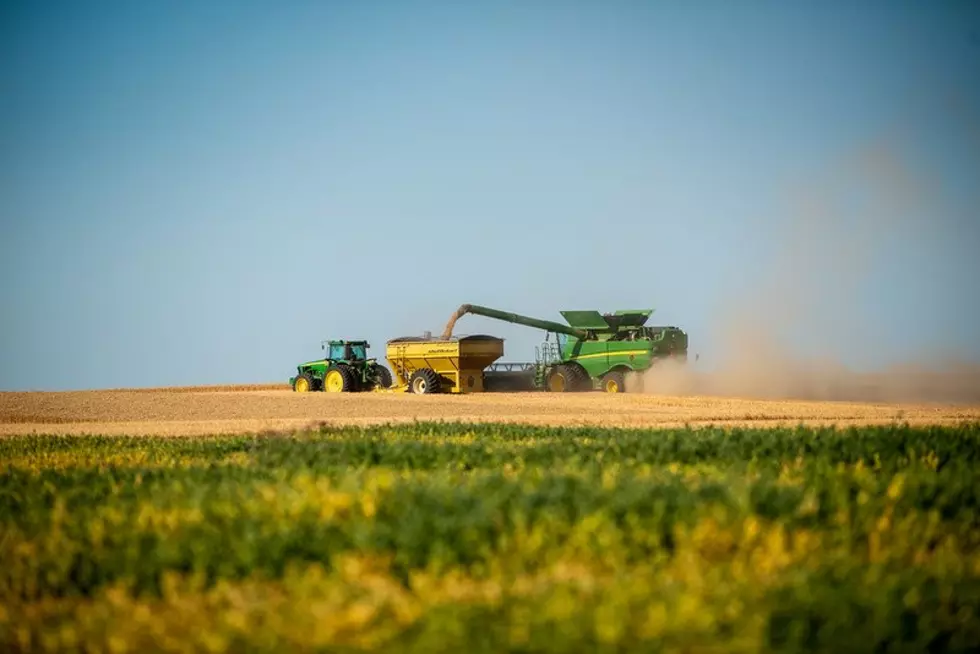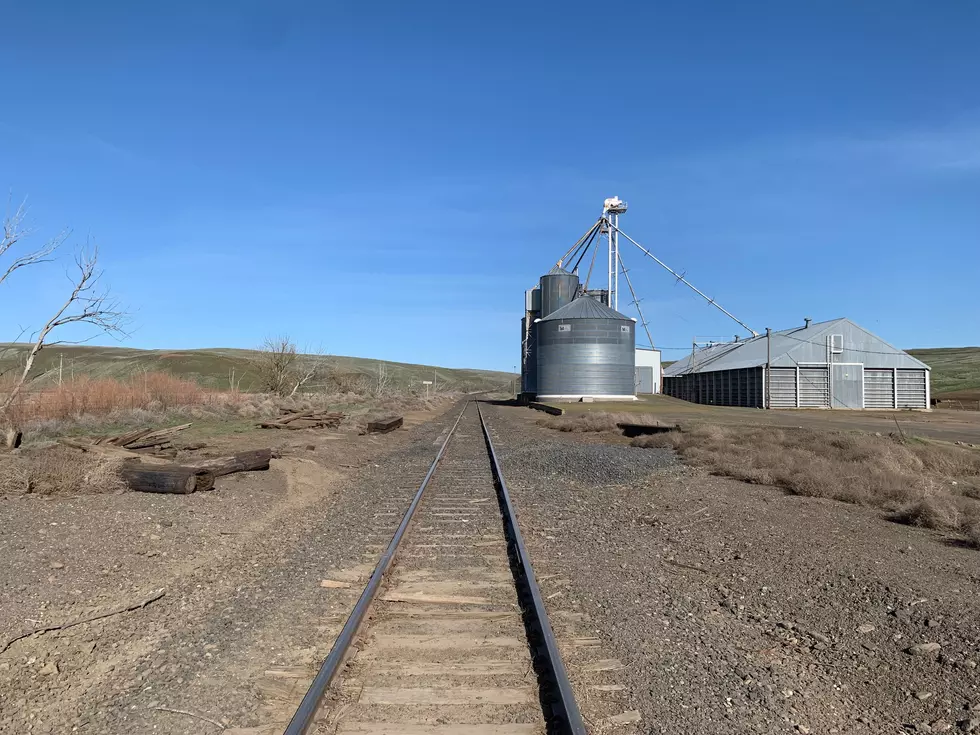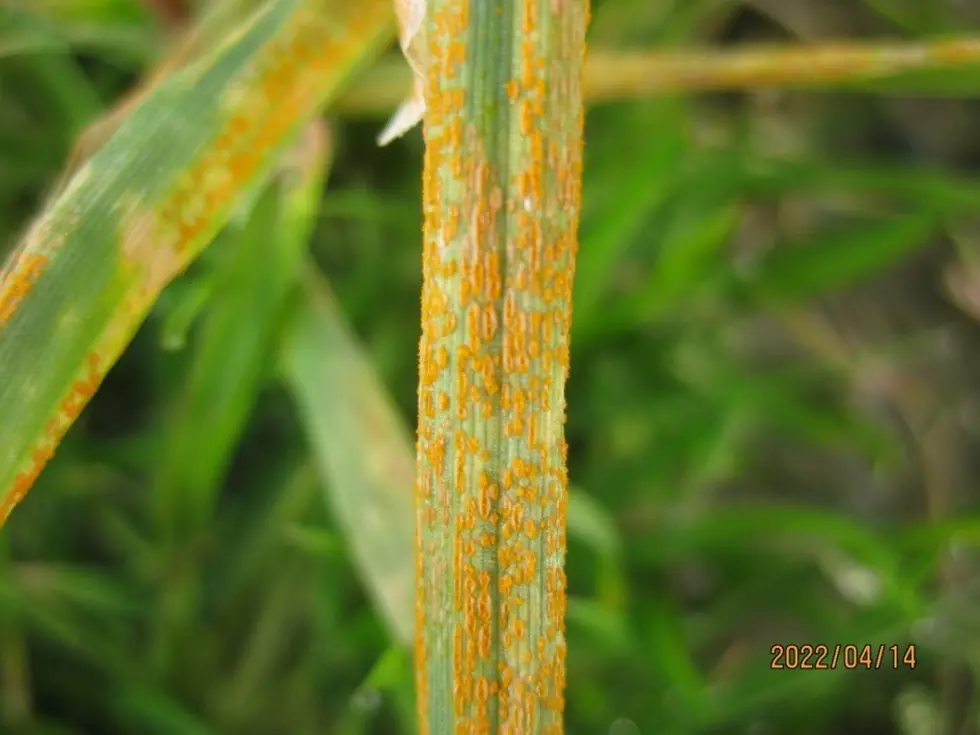
Salois: Keeping Nitrogen When & Where Winter Wheat Needs It Vital For Top Yields
It’s been the focus of research for the wheat industry since the 1950s: nitrogen and its impact on yields.
Cat Salois, Director of Research and Technology for the McGregor Company, said nitrogen impacts every growth stage of the plant’s lifecycle and each of the three yield components of cereal crops, Heads per Acre, Grains per Head and Weight per Grain.
Salois added the challenge for growers has been ensuring nitrogen is in the soil is at the right depth at the right time, without applying more than needed, improving ROI. She noted for much of the Northwest, winter wheat’s peak nitrogen demand occurs in April.
“So you really need to think about how does your nitrogen applications, how are they available during that April timing? Generally, our spring top dress are available too early and they’re driving tiller production. If we’re not using a stabilized nitrogen product which slows the conversion of ammonia to nitrate in our fall applied scenarios, that unstable nitrogen will leech below the root system.”
Using nitrification inhibiting producers, such as LockdowN or N-Serve, Salois said, is a way to keep fall applied nitrogen higher in the soil profile longer, allowing growers to hit the peak demand in the spring. She added the use of nitrogen stabilizing products is the closest thing the industry has to slow release nitrogen into the environment, allowing producers to keep the nitrogen in the right place for the right time.
Click Here for more of Salois' research.
If you have a story idea for the PNW Ag Network, call (509) 547-1618, or e-mail gvaagen@cherrycreekmedia.com
More From PNW Ag Network









